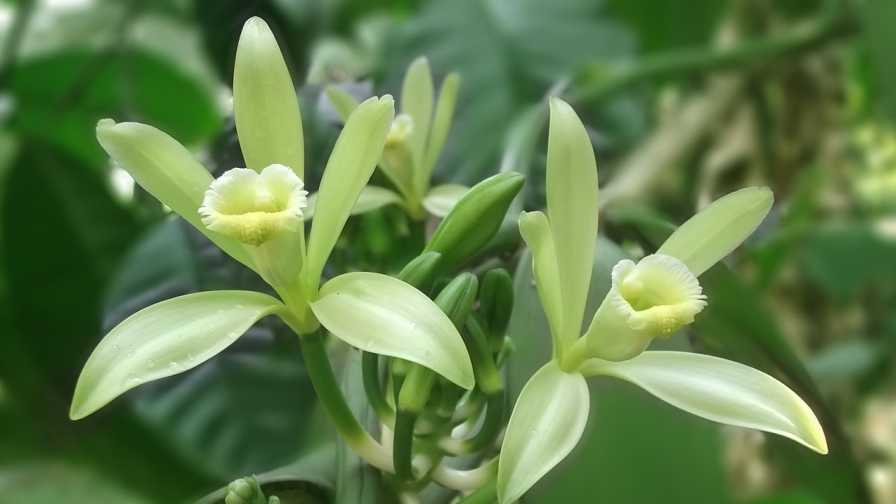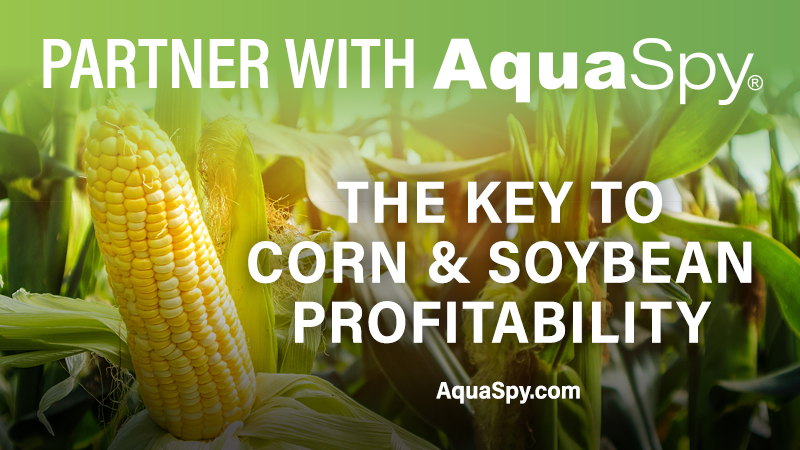Vanilla Spice Could Be Extra Nice for Florida Farmers

Demand is sky high for vanilla. Did you know there’s a global shortage of the spice?
Vanilla goes with everything. That’s what helps give the versatile spice such mass appeal. But what about having the ability to source or even grow fresh vanilla beans? University of Florida researchers are exploring the possibilities to make that a reality for U.S. consumers as well as local growers looking for another new alternative crop choice.
Statistics show the U.S. leads the world in imported vanilla beans. Madagascar produces roughly 80% to 85% of the global supply, which is virtually a world away from most of the companies that purchase vanilla beans and convert them to extract. A recent report by The Economist indicates there’s a worldwide shortage of vanilla due to poor crop stands in the island nation. As a result, prices have gone through the roof. As of late March, one kilogram of vanilla was going for as much as $600.
Given the high consumer demand for vanilla, coupled with Florida’s unique climate and capacity to grow commodities not considered possible most places, the table is set for UF/IFAS scientists Alan Chambers and Elias Bassil to see if the spice can be grown on a large, sustainable scale in the more southern reaches of the Sunshine State.
Their initial research will focus on figuring out basic environmental conditions and the cultural practices such as proper temperature range, light, moisture, fertilizer requirements, as well as potential disease and pest threats.
Vanilla is the only edible fruit of the orchid family, and is the world’s most labor-intensive agricultural crop (most is pollinated by hand) — which is why it’s so expensive, according to Texas A&M AgriLife Extension information. It will take up to three years after the vines are planted before the first flowers appear.
To help pinpoint ideal cultivars for South Florida, Chambers and Bassil are drilling down into the genetics.
“Vanilla lacks the foundation research that led to superior crops cultivars such as apples, strawberries, tomatoes, and most other food crops,” Chambers stated. “We don’t even know what we’ll find when we start looking for new traits and fruit qualities.”
Another unique challenge for the research team is how to cure the vanilla after it’s harvested. Fresh vanilla beans don’t have much flavor, Chambers points out. They must be harvested and then cured through heat treatments to create the typical vanilla flavor.
Currently, there are only a few hobby growers in South Florida trying their hand at vanilla. Chambers and Bassil caution even if they can develop a bean that grows well in local conditions, farmers would cultivate it as a secondary crop.
The research project is largely being driven by what the two scientists foresee as opportunities for domestic vanilla growers, including local, organic, niche quality opportunities like novel flavor combinations, and added income through agritourism.
“Everything we could grow would be consumed,” Chambers concluded. “We believe the market is there. It’s got huge potential.”









